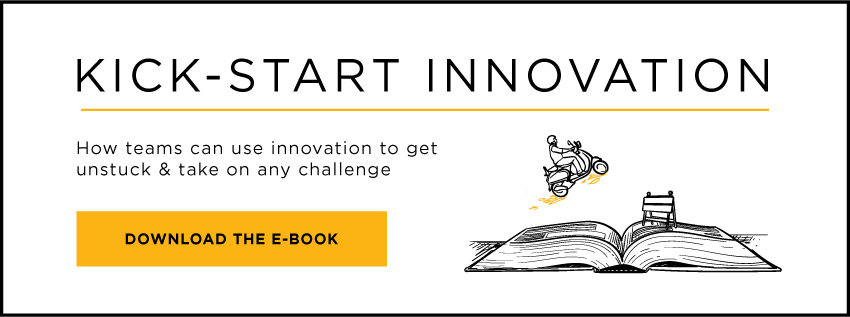A new study shows design thinking maturity delivers higher revenues and better returns for organizations
We admit it—we’re biased. ExperiencePoint has long believed that design thinking can transform the way businesses across industries can solve problems and meet customers’ needs, which helps them generate better financial returns. A new report from McKinsey & Company, called The Business Value of Design supports our position that design thinking can create competitive advantage for organizations and drive measurable business success.
The leading global management consulting firm tracked the design practices of 300 publicly-listed companies in retail banking, medical technology, and consumer goods industries over five years. After analyzing two million pieces of financial data and thousands of design initiatives they discovered that companies with the most mature design thinking cultures and deeply embedded human-centered design approaches experience superior business outcomes.
Senior Leaders Set The Tone
As part of the research McKinsey created an index tracking four themes of great design thinking: analytical leadership, cross-functional talent, continuous iteration, and user experience. They rated each organization’s capabilities in these four categories then linked their performance back to financial results.
Here’s what they found:
-
Companies that consistently follow design thinking practices generated roughly 32 percent more revenue and 56 percent higher returns for shareholders than those that did not.
-
The higher rate of financial success among design thinking companies was true across banking, consumer goods and med tech industries. “This suggests that good design matters whether your company focuses on physical goods, digital products, services, or some combination of these,” the authors said.
-
Top-quartile companies in design—and leading financial performers—excelled in all four design areas, and senior leaders in these companies were well-versed in design strategies and their business value.
-
There was far less differentiation in financial returns among the bottom three quartiles, suggesting that companies need to excel at design thinking to experience substantial business results.
-
More than 40 percent of the companies surveyed still aren’t talking to their end users at all during development, and more than half have no objective way to assess or set targets for the output of their design teams.
The authors conclude that when companies lack clear links between design thinking and business outcomes, senior leaders are less likely to embrace these practices as part of their corporate culture, which can make it impossible for a true design thinking transformation to occur.
How to Get Started
If business leaders want to achieve design maturity so they can experience similar financial benefits, the authors offer this advice:
-
Put user experience at the center of every decision.
-
Empower cross-functional design teams to create excellent customer experiences (and hold them accountable for the results).
-
Measure design outcomes as rigorously as you track spending and financial returns.
-
Iterate, test, and learn rapidly, from the first notion of an idea through final market launch.
To learn more about how to adopt a culture of design thinking, check out our ExperienceInnovation series of experiential workshops, which are designed to help companies unleash new ways of thinking at all levels of the organization.
Learn how to enable innovation skill-building at scale with our free ebook, Kickstart Innovation: A Guide for Organizations.
